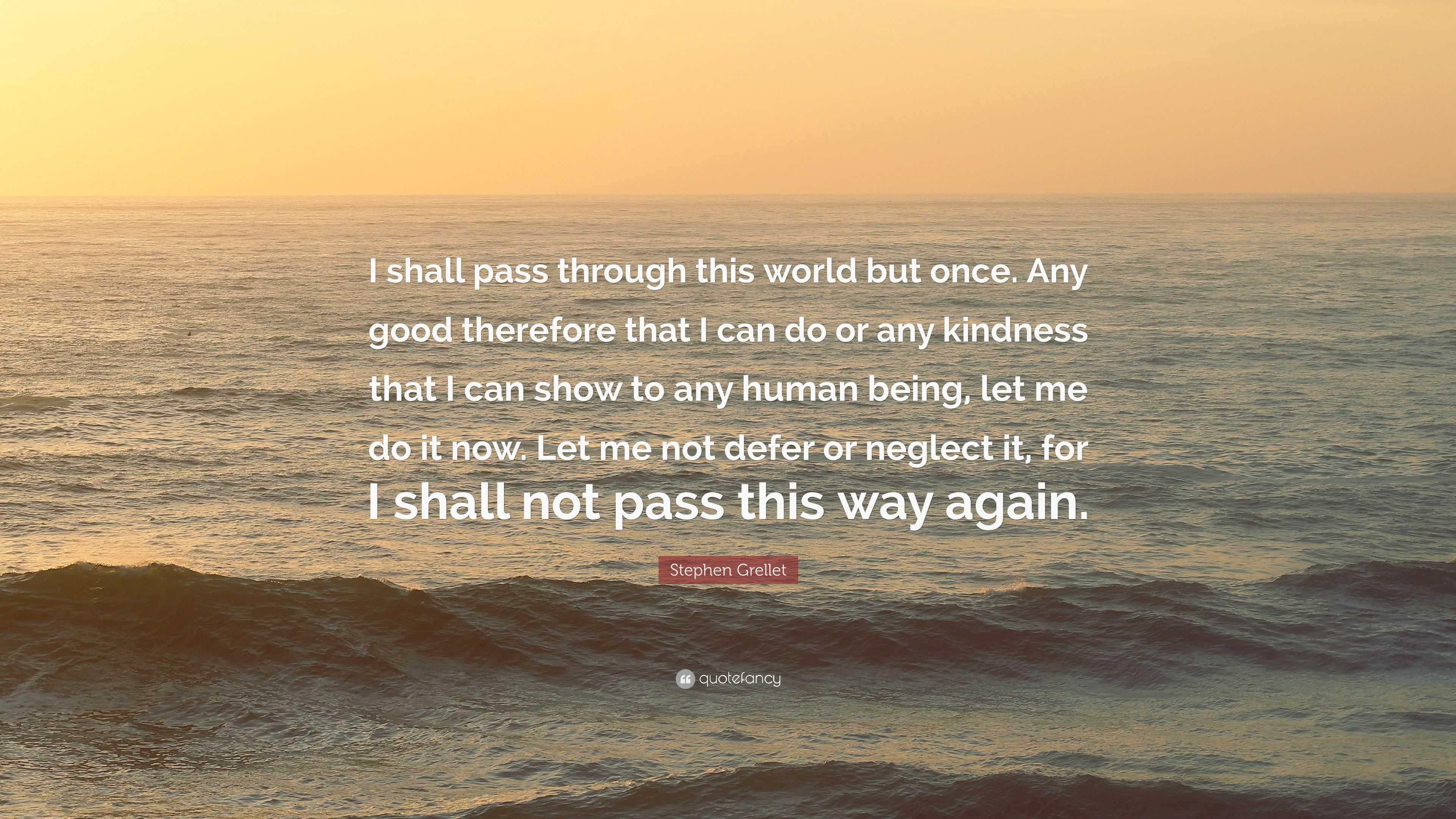

Just my 2 cents: I was on the subversion web site this morning () and I just thought while reading your idea that Subversion could already give some of the functionality you are describing (unlimited Undos/history, automatic saving made easier, saving without folders in the repository). I hope some real developers (I am not really!) can help make your dream come true. RTF ‘scratchpads’ that are document-wide or category-wide, and provide the user with a nice way to organize thoughts.īold items were added after this list was first posted.**Įxcuse the messiness and incompleteness of the above list those features are just some of many that I’ve outlined.If someone could figure out a good way to implement it, TOCs, indexes, footnotes, endnotes, and things to that effect would be nice.When the document ‘part’ changes, all documents that reference that ‘part’ will also change. Referencing a document ‘part’ inside a document, kind of like HTML’s s - e.g., referencing a part the user could call “Casual Footer” would insert the data, which could include the user’s name, telno, email address, and mailing address.Simple exporting to TXT, RTF, DOC, PDF, HTML, (e)mail.

Use of style sheets (not CSS) to allow for a document to be output in different ways without reformatting everything, and to allow for changing the style of a particular ‘class’ of text (without first highlighting every instance of that ‘class’, and without using clumsy “Smart” features).Some fast, easily-accessible by-content searching engine (I wrote this before Spotlight was announced, which pretty much fits this description).Saving “without folders” (actually use Application Support/)… allow an unlimited number of document categories… a document can be in multiple categories at once.(reasonably) Unlimited Undos, even across sessions.Most every complaint my customers and I have regarding word processors would be solved with a CLEAN and USABLE implementation of the features I have strewn about, which include: I keep SubEthaEdit in my dock - it’s my favorite editor due to lack of bloat - and use it for most anything, including outlining, jotting things down, web site creation, and even writing full-fledged reports. Out of all the applications I use, ranging from OmniWeb and AdiumX to Photoshop and Final Cut Pro, I’m most disappointed with word processors.
Subethaedit any good software#
I’m a general computer consultant (for normal people, not companies), and the majority of the complaints I receive about software have to do with word processors sucking (miserably, in most cases). This concept app is basically a word processor. Why not tell about it here? That might also lead to some better advice.Īh, I’ve got a rather complex idea scratched out across paper, my mind, and my computer… I’ll post it online when I have it in a human-readable form (as it is now, I’m lucky that I can read it. You could create the project at SourceForge, but most developers scratch their own itch, so if you do not provide an initial implementation which looks promising, I’d not be too optimistic about finding developers, unless your idea itself has an interesting potential.
Subethaedit any good how to#
I would love to start an open source project for this app (I’m a big fan of open source), but I don’t know how to do so, noting that there’s no existing code.ĭoes anyone have any suggestions as to how I might start this? I’d love to get devs interested in this project, but I don’t know where to get started.

But, I believe I have a great concept for a rather complex application. After the session is wrapped, I go through the text again and make sure everything flows well and the tone is consistent.First of all, I know hardly any Cocoa. The only downside is that tone can get a little inconsistent when different people are editing.
Subethaedit any good crack#
It’s a great way to let everyone take a crack at text without it leading to chaos. We even use this setup to collaborate on text when we’re all in the same room together. It works so well that you can have multiple people editing at the same time and it doesn’t get (too) confusing. Color coding lets you see who’s editing what. While originally designed for coding together, its collaboration features work great for co-writing text too.Īll you need to do is drag a person’s name from iChat into SubEthaEdit and then they’re collaborating on the document with you. Then we work on one essay from the book at a time and paste the current version into SubEthaEdit. That way we can discuss what we’re doing. We all log into iChat and start an audio chat. How do you collaborate on a book when one author (DHH) is in San Francisco, one’s in Chicago (Jason), and one’s in NYC (me)? Last week, we did a joint writing session and pulled it off.


 0 kommentar(er)
0 kommentar(er)
